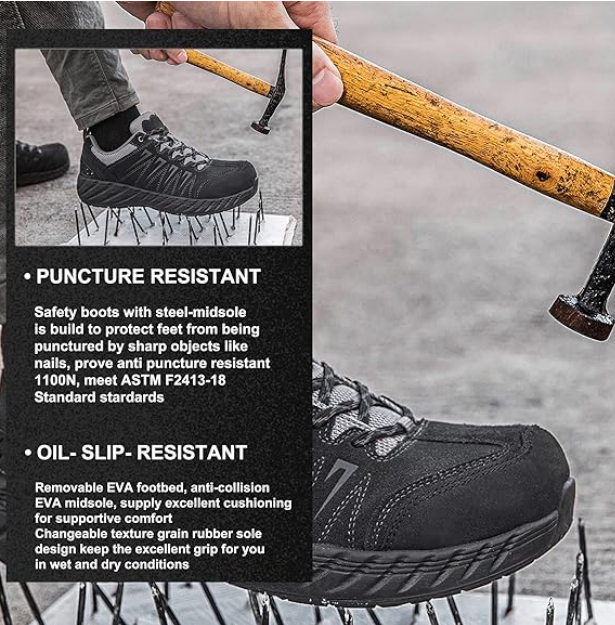- Phone:+86-17331948172 +86-0319-8862898
- E-mail: inquiry@puxingclamp.com
Dec . 11, 2024 22:57 Back to list
clamps шланги кирм
Worm Hose Clamps An Overview
Worm hose clamps, also known as worm drive clamps, are mechanical devices used to secure hoses onto fittings or pipes, preventing leaks and ensuring a tight seal. These clamps are reliable and easy to use, making them a popular choice for various applications, from automotive to plumbing and industrial uses.
History and Development
The invention of the worm hose clamp dates back to the late 1920s. The first design was quite simple, consisting of a metal band with a screw mechanism that allowed for tightening around a hose. This innovation provided a more secure method than traditional methods, which often relied on friction or simple binding. As industries grew and the need for reliable hose fittings increased, the worm clamp evolved into various designs, suited for different applications.
Design and Functionality
Worm hose clamps typically feature a metal band with a screw mechanism, which is termed the worm drive. The band wraps around the hose and is tightened by turning the screw, which moves a small metal worm gear. This design allows for even distribution of pressure around the hose, preventing damage and ensuring a strong seal.
These clamps come in various sizes and materials, including stainless steel, zinc-plated steel, and plastic. Stainless steel clamps are often preferred for their durability and resistance to corrosion, making them ideal for outdoor or marine applications.
Applications
1. Automotive Industry In vehicles, worm hose clamps are commonly used to secure radiator hoses, fuel lines, and vacuum hoses. A reliable clamp prevents leaks that could lead to overheating or diminished performance.
2. Plumbing In plumbing systems, these clamps are essential for securing hoses and pipes, especially in areas with high pressure, such as in water supply lines.
3. Industrial Uses In industrial settings, worm hose clamps are used extensively in manufacturing and assembly lines, ensuring that hoses remain secure in various machinery and equipment.
4. Agricultural Applications They are also utilized in agricultural machinery to secure hoses in irrigation systems, ensuring that water is delivered efficiently to crops.
Advantages
worm hose clamps

Worm hose clamps offer several advantages
- Ease of Use They can be easily installed and adjusted with a screwdriver or ratchet, allowing for quick repairs or replacements.
- Strong Grip The worm drive mechanism provides a strong grip, ensuring that hoses do not slip off fittings, which could lead to leaks.
- Versatility With various sizes and materials available, worm clamps can be used in numerous applications, accommodating different hose types and dimensions.
- Cost-Effective They are relatively inexpensive compared to alternative methods of securing hoses, making them a cost-effective choice for both individuals and businesses.
Considerations
While worm hose clamps are incredibly useful, there are some considerations to keep in mind
- Correct Sizing It is crucial to select the right size clamp for the hose. A clamp that is too tight can damage the hose, while one that is too loose can result in leaks.
- Material Selection Depending on the environment, choosing the right material is essential. For example, stainless steel is best for high corrosion areas, while plastic might be suitable for lighter applications.
- Installation Proper installation is key to ensuring a leak-free connection. It is vital to follow the manufacturer's instructions to minimize the risk of hose damage or failure.
Conclusion
Worm hose clamps are an essential component in multiple industries, providing a dependable solution for securing hoses and preventing leaks. Their design and functionality have evolved over the decades, making them a vital tool for both professionals and DIY enthusiasts. By understanding their applications and advantages, users can make informed choices about the best clamps for their needs, ensuring durability and efficiency in their operations. Whether it’s in a car engine, a plumbing system, or an agricultural machine, worm hose clamps play a critical role in maintaining systems that rely on fluid transfer.
-
Heavy Duty Hose Clamps: Premium Stainless Steel & Adjustable
NewsAug.19,2025
-
Large Stainless Steel Adjustable American Type Hose Clamp - Hebei Pux Alloy Technology Co., Ltd
NewsAug.18,2025
-
Large Stainless Steel Adjustable Hose Clamp - Hebei Pux Alloy|Durable Corrosion Resistance&Adjustable Design
NewsAug.18,2025
-
Large Stainless Steel Adjustable Hose Clamp - Hebei Pux Alloy Technology Co., Ltd
NewsAug.18,2025
-
American Style Adjustable Hose Clamps for Pipe & Radiator
NewsAug.18,2025
-
Large Stainless Steel Adjustable American Type Hose Clamp - Hebei Pux Alloy Technology Co., Ltd.|Corrosion Resistance, Adjustable Design
NewsAug.17,2025




